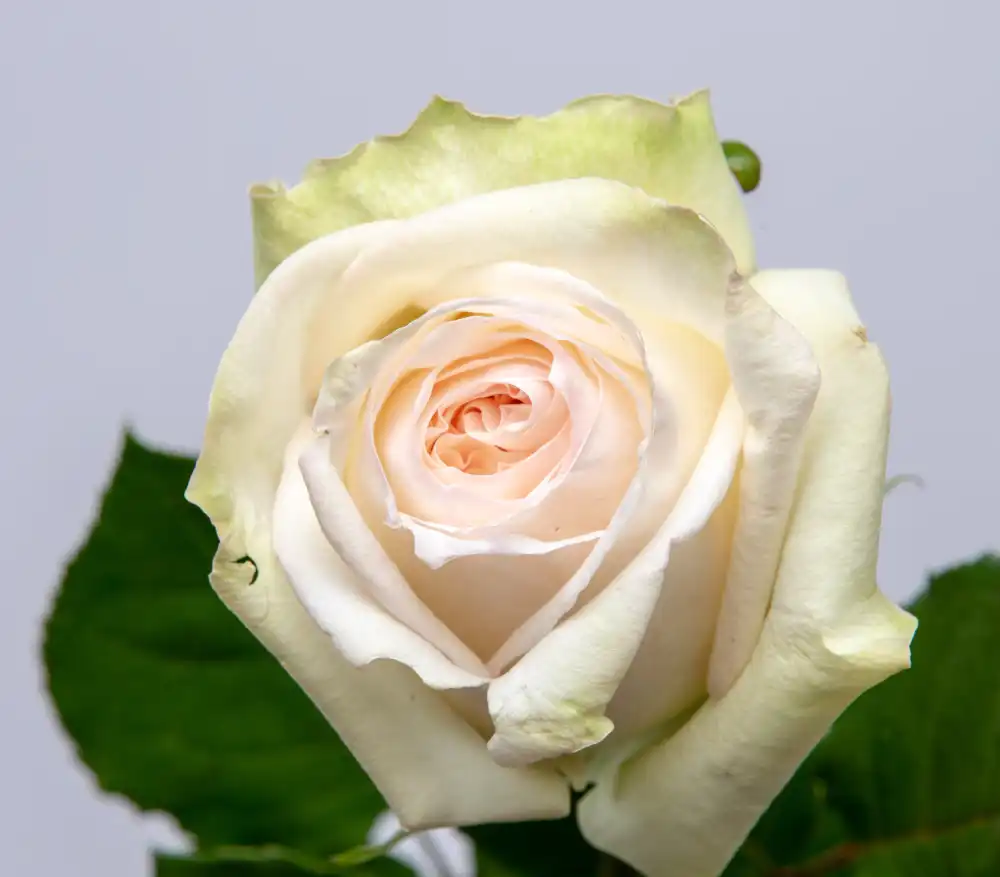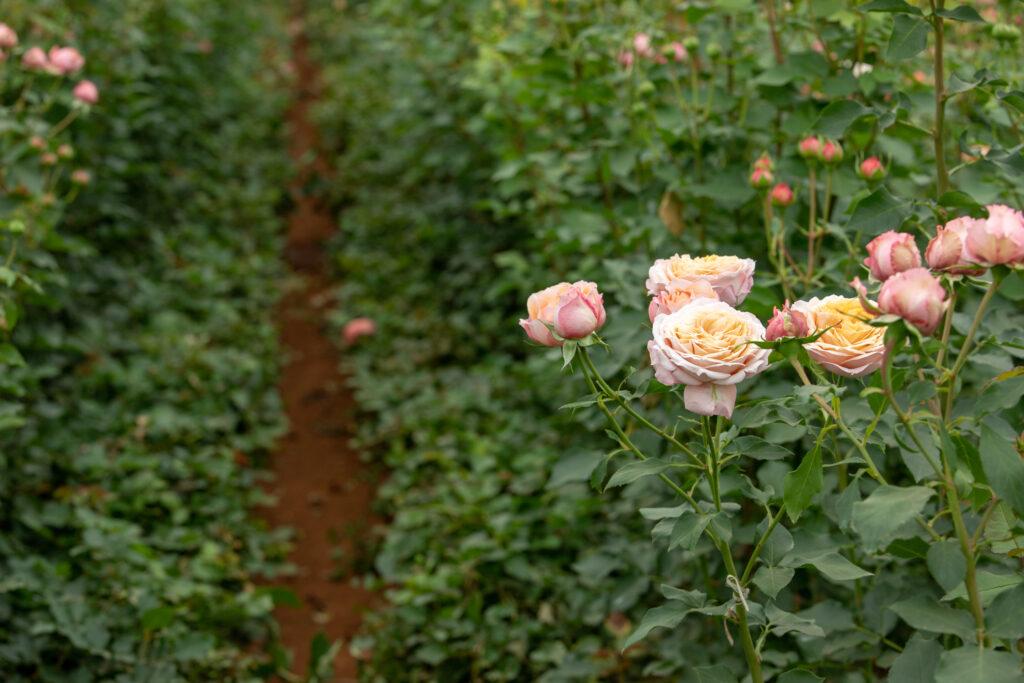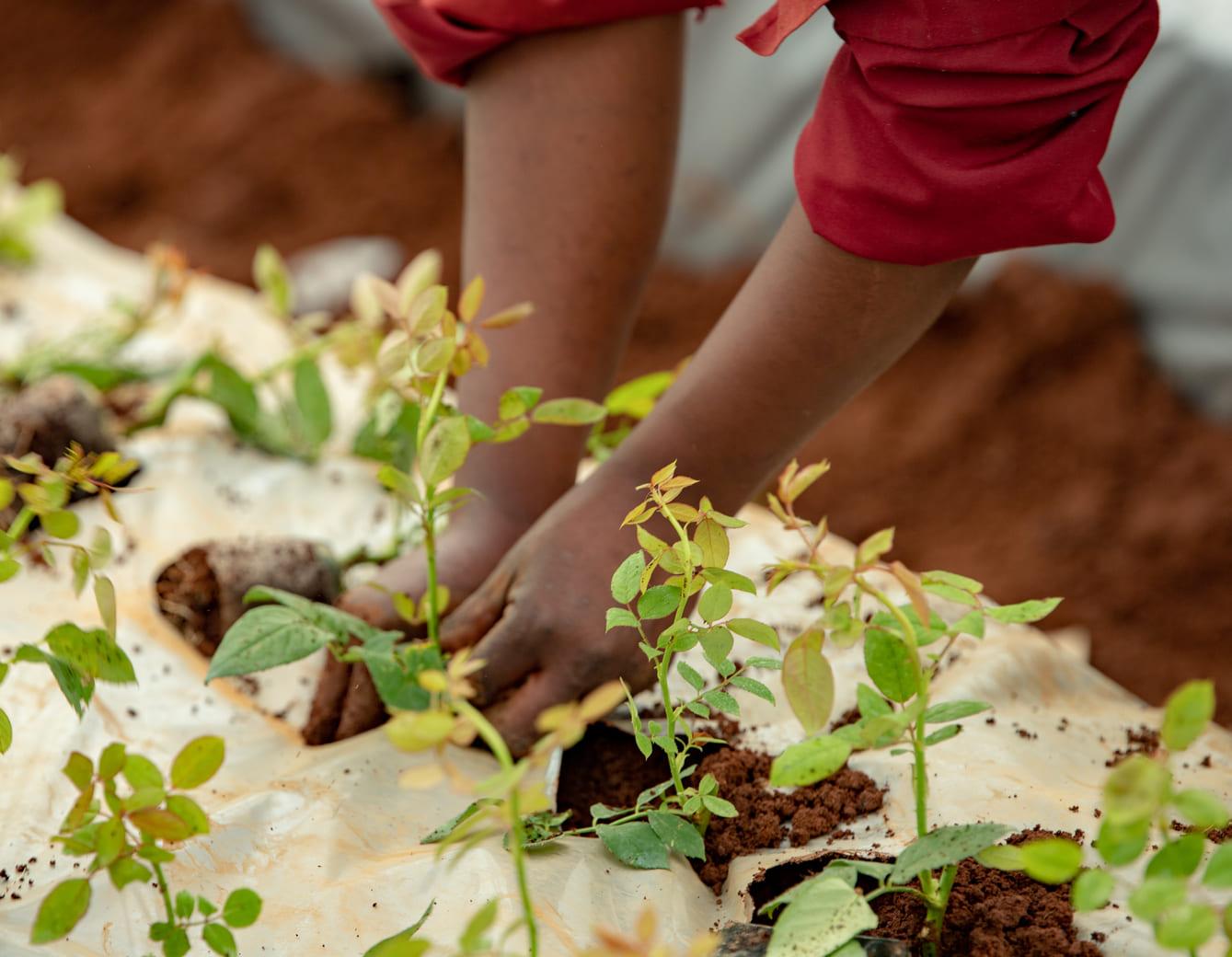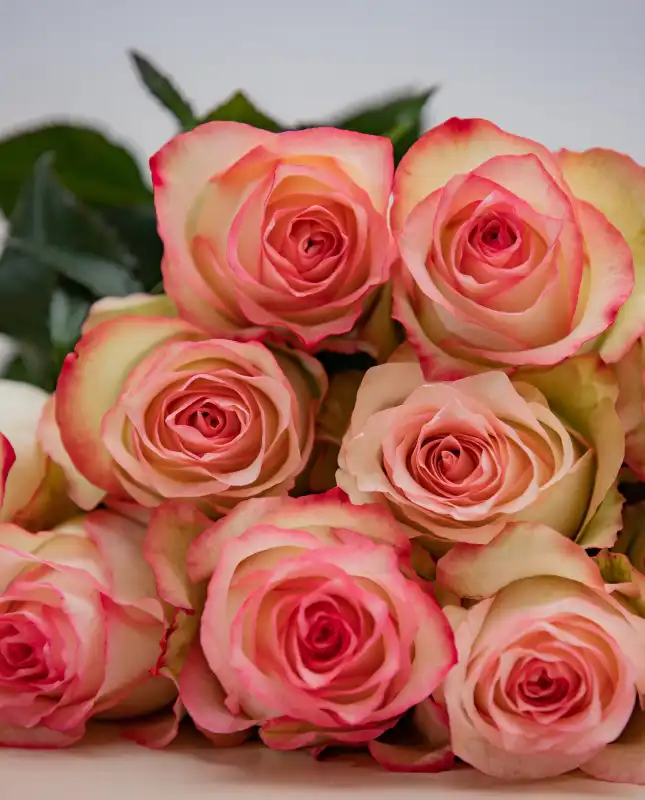When it comes to growing the perfect rose, it’s not just about planting a seed and waiting for nature to take its course. The creation of truly stunning roses—those with vibrant colors, long stems, and long-lasting freshness—requires a combination of precise environmental factors and expert care. Here’s a closer look at how altitude, soil, and dedicated attention all contribute to crafting the ultimate bloom.

1. Altitude: The Higher, The Better
The altitude at which roses are grown has a significant impact on their overall quality. Roses cultivated at higher elevations, typically above 2,000 meters, benefit from cooler temperatures at night and warm daytime conditions. This slow-growing environment allows roses to develop stronger stems and more intense colors, while also extending their vase life. The altitude provides the perfect conditions for the roses to grow gradually, resulting in blooms that are not only visually striking but also longer-lasting.
2. The Role of Rich, Well-Drained Soil
Quality soil is a cornerstone of any successful flower farm, and for roses, it’s essential. Roses thrive in soil that is rich in organic matter and nutrients, with excellent drainage. A well-balanced soil pH between 6 and 7 ensures that the roses can absorb the necessary nutrients efficiently. This fertile soil, when properly managed, promotes root development and gives the roses the foundation they need to grow tall, healthy, and robust.

3. Expert Care and Precision
Behind every beautiful rose is a team of skilled growers who monitor and adjust growing conditions to ensure optimal results. Regular pruning, timely feeding, and careful attention to irrigation are key to promoting healthy growth and maximizing bloom potential. Roses are particularly sensitive to overwatering or underwatering, so consistent moisture management is crucial. By carefully managing water usage, growers maintain a balance that encourages strong, vibrant flowers while conserving resources.
4. Controlled Growing Environments
To produce roses of exceptional quality, many farms invest in state-of-the-art growing facilities. Greenhouses, for example, allow farmers to control temperature, humidity, and light exposure, mimicking the ideal conditions for rose cultivation. This careful management reduces the risk of disease and pests, ensuring that each bloom reaches its full potential in terms of color, size, and fragrance.

5. Cold Chain Preservation
The journey of a rose doesn’t end when it’s harvested—it’s just the beginning. Maintaining the rose’s freshness requires a meticulously managed cold chain, where the flowers are kept at specific temperatures throughout the post-harvest process. From the moment they’re cut to the point they reach florists or consumers, the roses are stored in cool, climate-controlled environments to preserve their freshness, ensuring they look as vibrant as the day they were harvested.
6. The Perfect Recipe for Beauty
Ultimately, the combination of altitude, rich soil, and expert care results in roses that stand out for their stunning appearance and longevity. These factors, working together in harmony, produce blooms with long stems, vivid colors, and a durability that makes them a favorite among florists and flower enthusiasts alike.
Growing the perfect rose is both an art and a science—one that requires a deep understanding of nature’s rhythms, precise farming techniques, and an unwavering commitment to quality. It’s this blend of elements that creates the ultimate bloom, turning ordinary flowers into extraordinary works of nature.



